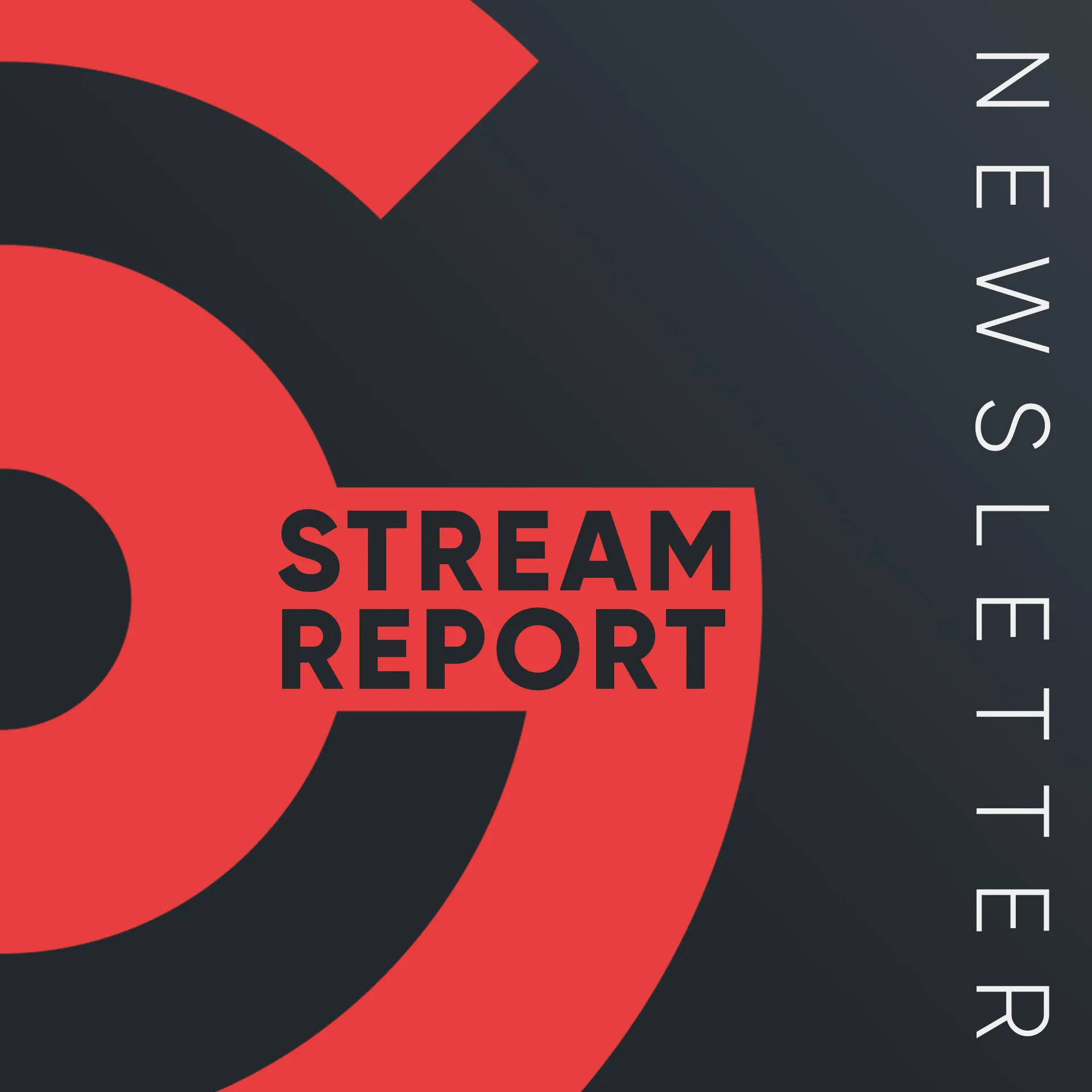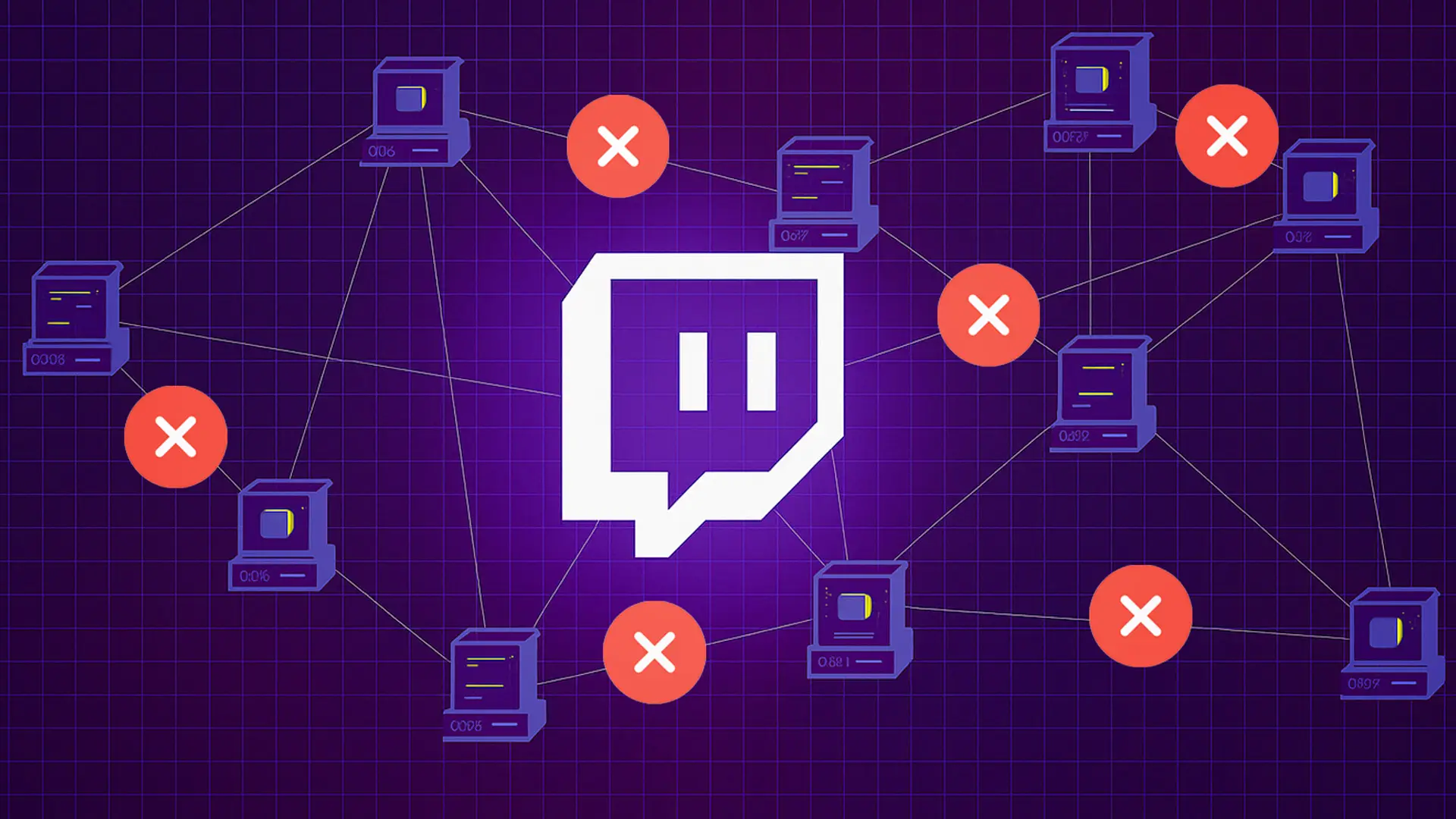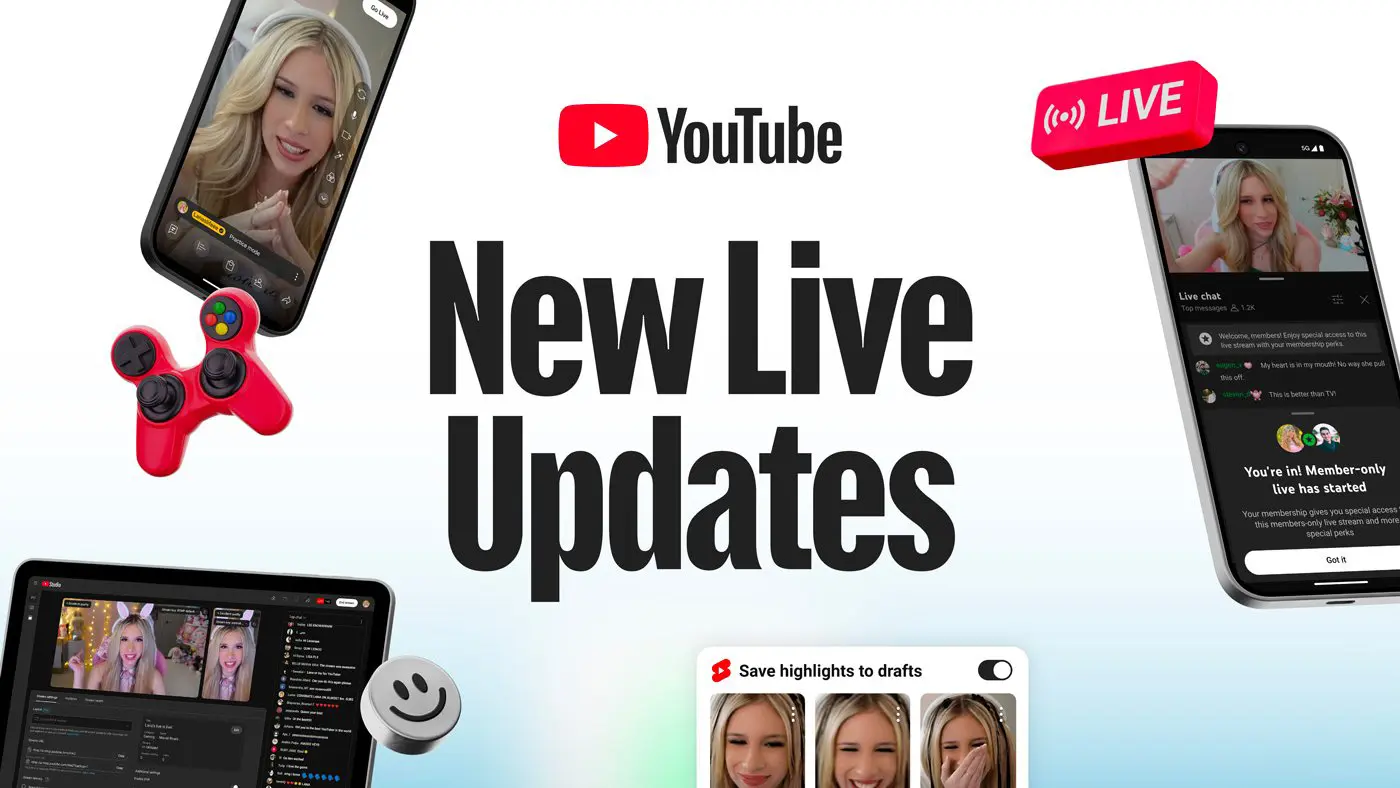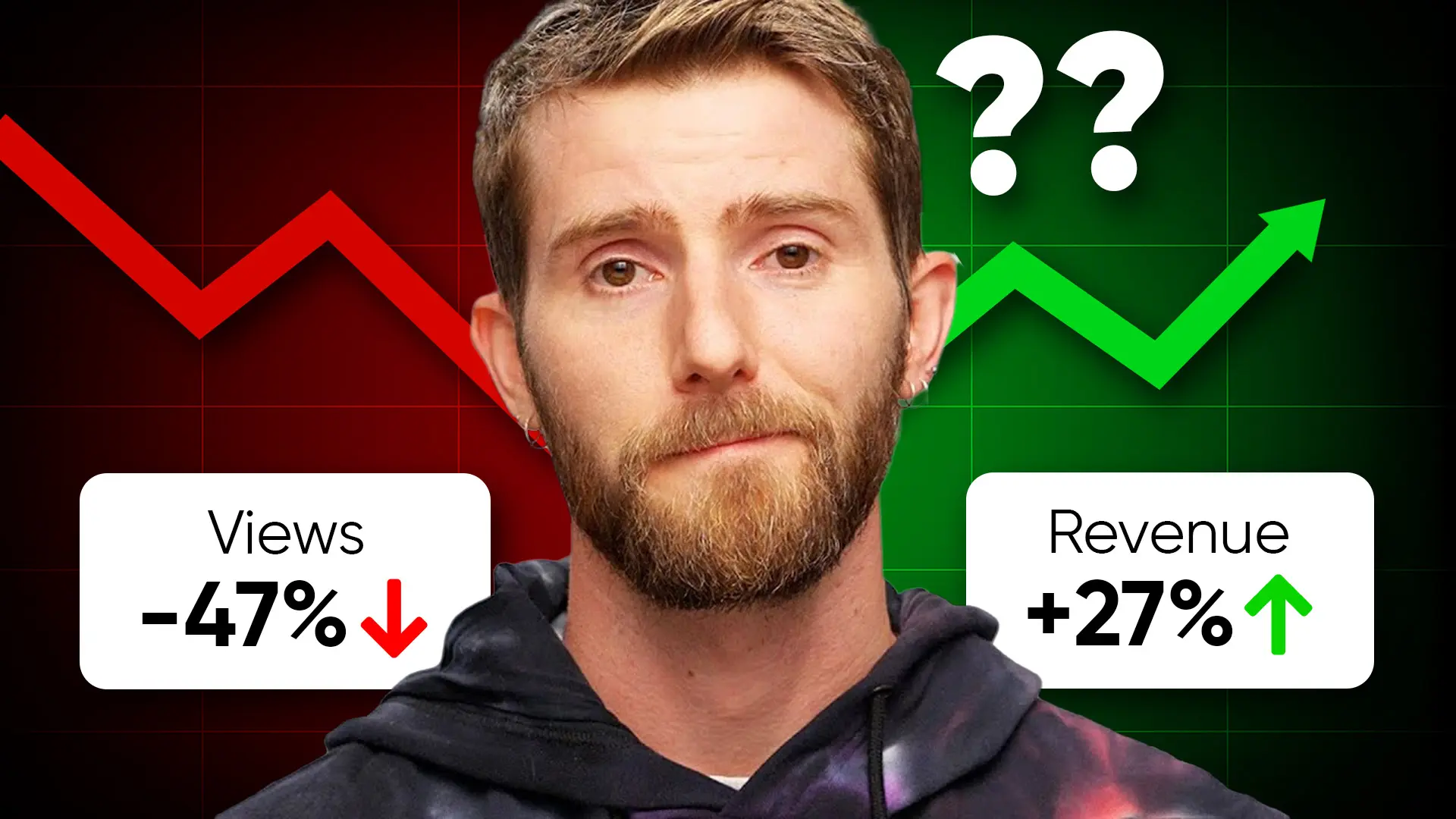Twitch Raids: Are They Hurting Community Engagement?
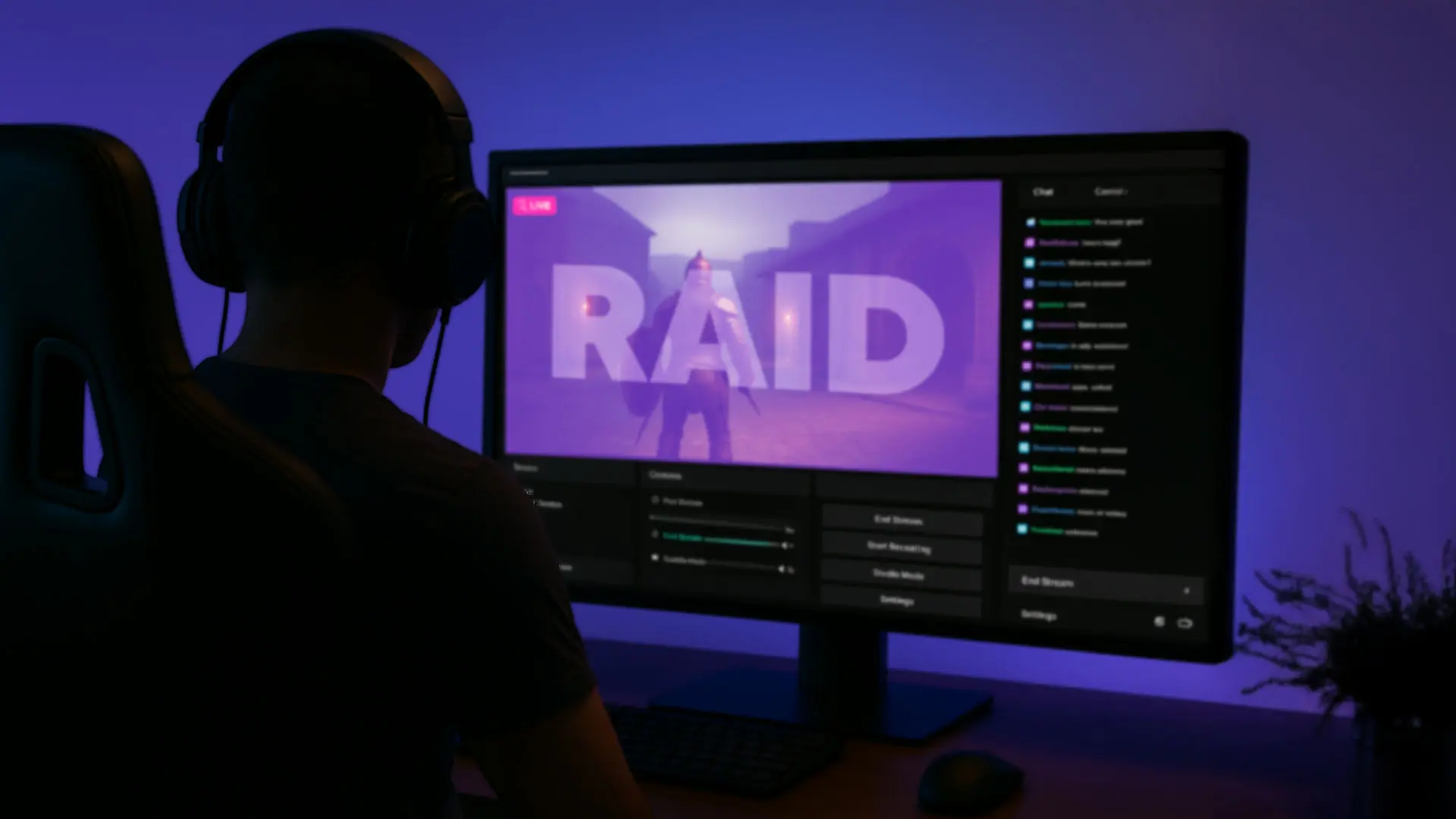
Raiding is one of those classic Twitch moves. You finish your stream, gather up your community, and send them off to another creator. It feels good, right? You’re helping someone out, boosting their numbers, and maybe even cross-pollinating audiences.
But what if that strategy is actually working against you, at least for your own community? A recent study has dropped some surprising findings that challenge this long-held belief. It suggests that while raids bring in new eyeballs, they might be hurting something far more valuable: your existing community’s engagement.
What a Recent Study Reveals About Large Raids
A recent study, which dug deep into Twitch data, found something crucial: when a channel gets a large raid, it tends to see a decrease in engagement from its existing viewers.
What does that “decrease in engagement” look like?
- Fewer people who were already watching are commenting.
- The people who do comment are doing it less often.
Crucially, this isn’t just about the initial chaos of a raid, like a flood of “hello” messages or raid-specific chat. The study specifically filtered out these short-lived “noises” and still found the negative impact. It suggests that the increase in raw group size itself is the main problem. And it’s not a quick dip; the study showed this drop in engagement actually persists for quite a while after the raid hits.
Why Engagement Suffers (and Who Gets Hit Hardest)
So, why would bringing more people in make others less engaged? Think of it like this:
- The “Crowding Out” Effect: Imagine your favorite cozy coffee shop where everyone knows each other. Suddenly, two tour buses of strangers arrive, making it loud and hard to get the barista’s attention. Regulars might leave or stop chatting. This is similar to a stream’s chat when a large influx of new viewers overwhelms the existing conversation.
- Compounding Disruption: The study also found that if a channel gets multiple raids in the same stream, the negative effect on engagement can be even stronger. It’s like those tour buses keep coming – viewers might just get fatigued or constantly disrupted.
- Does Your Content Matter? Communication-heavy streams, like Just Chatting, experienced the most significant drop in active commenters. Gaming streams also saw reduced engagement, but the impact differed as streamers often focus on their game, leading to delayed reactions to new chatters, though the “crowding” effect still occurs.
Rethinking Your Raid Strategy
So, what does this mean for your end-of-stream ritual?
- Consider the Recipient’s Community: Before you hit that raid button, think about the channel you’re sending your community to. Are they set up to handle a large influx of new chatters without overwhelming their existing regulars? Focus on streamers whose communities genuinely align with yours, where your viewers might actually want to stick around and engage.
- Managing Incoming Raids: If you’re on the receiving end, be prepared. Have your mods ready to welcome new people and help guide the conversation. Maintaining a clear sense of your existing community’s vibe can help integrate new viewers more smoothly.
For years, the “bigger the raid, the better” mentality has been gospel for many streamers. This study is a solid shake-up to that idea. It highlights that gaining raw viewership doesn’t always translate to building a stronger, more active community. It’s easy to focus on those numbers climbing, but if your core community feels crowded out, you might be losing valuable long-term engagement.
Pete’s Content Corner
Delve into my weekly selection of content creation highlights – handpicked videos, podcasts, and tweets that promise to captivate, educate, and entertain.
- Twitch has officially deprecated its ad-free Channel Switcher experiment. Designed to help with stream discovery, it seems the tool wasn’t effective enough to keep around.
- TikTok’s new Scaled LIVE Rewards program is now live for all creators. It offers eligible creators “up to 53%” of LIVE rewards via Per-LIVE and Weekly Missions, aiming to incentivize popular, high-quality content.
- YouTuber “Basically Homeless” created a real-life aim assist that literally shocks his muscles to control his mouse and fire in-game. The video is as entertaining and bizarre as it sounds.
Thanks, as always, for taking the time to read Stream Report.
Pete ✌️


